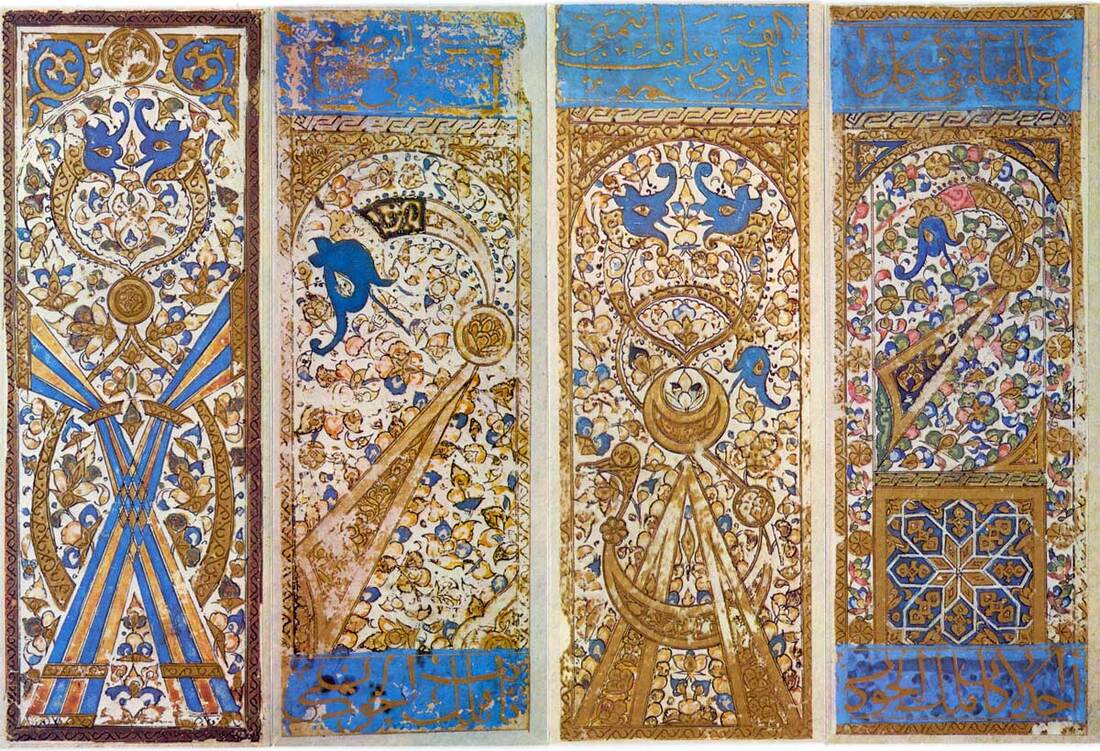|
In my previous post I repeated the Eurocentric story that the cards originated in 15th century Italy, but I have since learned more. Let's take a trip back to the land where the very paper on which they were printed was invented. According to The History of Information website, "there is little doubt that both playing cards and dominoes originated in China and that both games were influenced by certain forms of divination and the drawing of lots." These cards were probably first produced in the 9th century. Playing cards, along with countless other cultural treasures, were brought to the West by Silk Road merchants. They were then brought up into Europe by the North African Moors who ruled the kingdom of al-Andalus on the Iberian Peninsula (modern day Spain and Portugal) from 711 until 1492. The practice of playing with cards was already popular enough in 14th century Europe to have been banned by the Christian church (mostly due to the dangers of gambling!) These early decks, like our modern playing cards, were divided into four suits, which in the tarot deck are called the minor arcana. I learned from an occult historian that the four card suits probably evolved from the four artifacts or weapons that are held by the four armed Hindu deity, Lord Vishnu. Lord Vishnu is the Hindu deity who is most involved in the day to day affairs of the world. The meanings of the minor arcana card concern minor, everyday events, so it makes perfect sense that they may have evolved from Vishnu's four power objects.
In the next post we'll take a look at the symbolism of Vishnu's power objects and how they relate to the meanings of the tarot's minor arcana cards.
0 Comments
Leave a Reply. |
Rebecca BushI've practiced astrology and reading the Tarot for over 40 years. These practices never cease to fascinate me and lend insight to my life. Categories |



